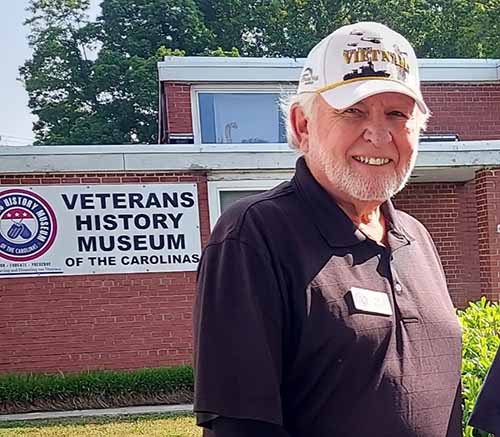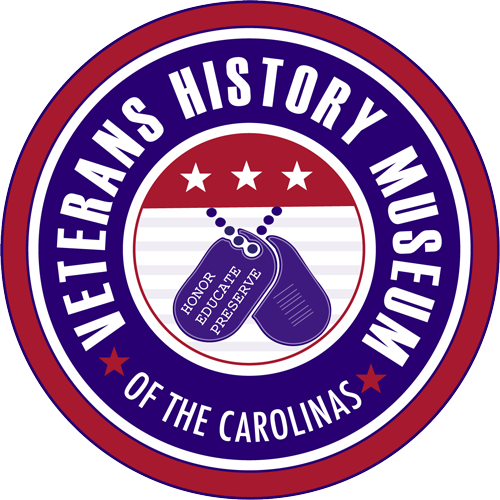When I was in War College in 1991 at the conclusion of the Cold War, it was reported that a Russian general purportedly said, “You have lost the best enemy you ever had.” Perhaps, looking back, the words were indeed prophetic.
The Cold War, Setting the Stage
1949-1970
Truth be told, the authors of this article are no historians but we did live through the years of the Cold War. Duke from 1955-1985 and Art from 1970-1995. Both of us flew the Strategic Air Command’s refueling tanker, the KC-135 and Duke also the U-2. These thoughts are ours. They adequately portray a time when the world may have actually teetered on the edge of nuclear annihilation. Unsettlingly, a 1959 movie, On The Beach, depicted the aftermath of a nuclear war. In the words of Paul Nitze, present from the war’s start to its finish, wrote, “One of the most dangerous forms of human error is forgetting what one is trying to achieve.” Let’s see if we complied with that advice. It was a time of testing the water. Here’s how this play began.
The Great Powers Competing
After World War II, the Great Powers (the United States and Russia) began to compete—for property, people, and predominance. And when Western Europe and the United States formed the North Atlantic Treaty Organization (NATO, 1949) in fear of Russian expansion—and perhaps partly in fear of Germany rising militaristically again–the stage was set for a “war” that would last 42 years. As a counterbalance to NATO, Russia, in 1955, formed the Warsaw Pact and Europe was truly divided by an Iron Curtain. Who were these then who swept us into an era the likes of which we had never seen? Of proxy wars and the threat of annihilation and mutual assured destruction.
The Actors
NATO: United States, Great Britain, France, Italy, Belgium, Canada, Denmark, Iceland, Luxembourg, the Netherlands, Norway and Portugal. Greece and Turkey were added in 1952, West Germany in 1955, and Spain in 1982.
The Warsaw Pact: United Soviet Socialist Republic, Albania, Bulgaria, Czechoslovakia, the German Democratic Republic (East Germany), Hungary, Poland and Romania.
These lineups remained constant until the end of the Cold War.
The Scenes
Treaties and Agreements: When the Soviets developed a nuclear device in 1949, we welcomed in the Nuclear Age weaponry and round after round of alphabet negotiation. SALT I, II; SDI; ABM; MLBM; IRBM; ICBM; SLBM; MIRV; GLCM; START; among others which extended throughout the period.
These were the “big boy atomic toys” that each side wanted to regulate—ballistic missiles that could be launched from air, land or sea. Throughout the years of the Cold War these weapons got the most attention, testing and development.
Cloak and Dagger
And another age emerged. The “Age of 3-Letter Agencies” to investigate, monitor, spy, or foment at times, unrest in various places around the world—including the U.S. A war of cloak and dagger. The Red Scare of Joe McCarthy gave rise to J. Edgar Hoover and the FBI. In 1948, President Truman authorized the creation of the CIA which subsequently gave rise to American “meddling” in the modern world. Welcome to the War of Cloak and Dagger—and the growth of modern terrorism. We saw the rise of the Muslim Brotherhood, Palestine Liberation Organization, Red Brigades, Provisional Irish Republican Army, Weather Underground and others the world over.
The Shooting Wars
And just off the Main Stage (left and right), shooting wars in Korea and Vietnam were placed among other skirmishes and crises around the globe. It was a time of the “Cultural” Revolution in China. The Suez Crises, the Congo, Yom Kippur, Bay of Pigs, the Cuban Missile Crisis, and the Francis Gary Powers U-2 shoot-down over Russia. The Berlin Wall dividing Germany, the invasion of Czechoslovakia, and many more places and events you probably never heard of. It kept our heads spinning as to what would happen next.
NOTE: Duke was on 24-hour alert during the Cuban Missile Crisis. His KC-135 accompanied nuclear loaded B-52’s. His unit launched 22 tanker sorties a day offloading fuel to their matched bomber. The bombers were airborne 24 hours at a time. He notes it was like an implausible but frightening movie for the aircrews and their families.
And it was a period of continual negotiation aside from the madness of the supporting players. But bluff and bluster gave rise to American superiority and security as we shall see in Part II.

Art Cole (Colonel, USAF, Ret.) served for 25 years from 1970-1995. A Command Pilot who held Squadron, Base, and Wing commands, he also held senior level positions in Headquarters/Strategic Air Command and the office of the Secretary of Defense. Operationally, he flew the EC-47, T-39, KC-135, and B-52. After retirement he flew 16 years with the Federal Express Corporation. He volunteers at the Veterans History Museum of the Carolinas.

Richard G. “Duke” Woodhull, Jr. (Colonel USAF, Ret.) is a Command Pilot with 6500 hours of military flying. From 1955-1985, he held multiple command, staff and diplomatic positions.
His Cold War and Vietnam War operational flying qualifications include the U-2 high altitude reconnaissance aircraft and KC-135 tankers, among others. He volunteers at the Veterans History Museum of the Carolinas.

